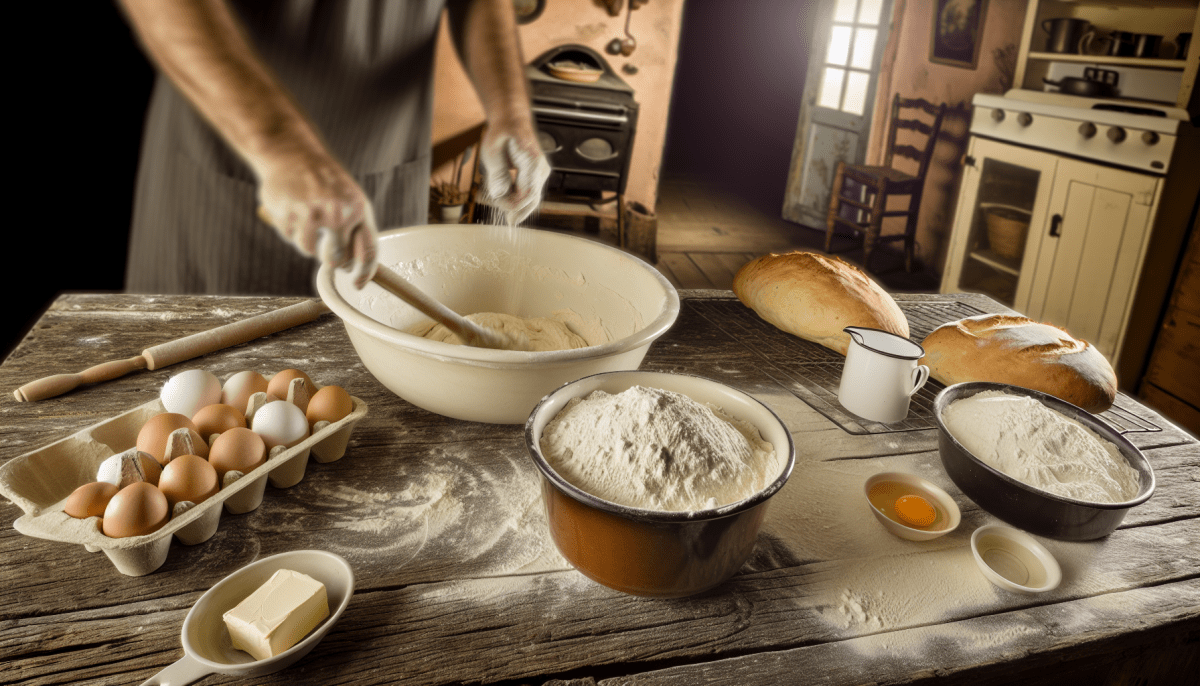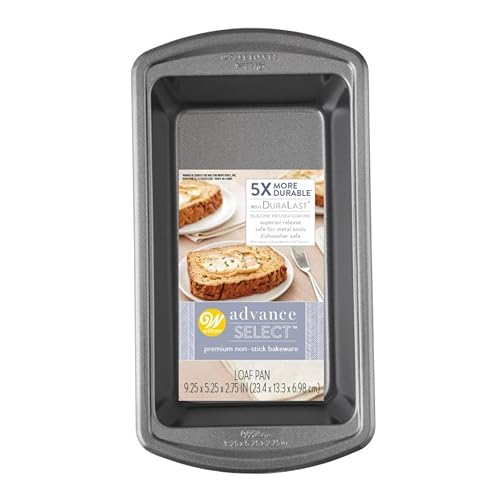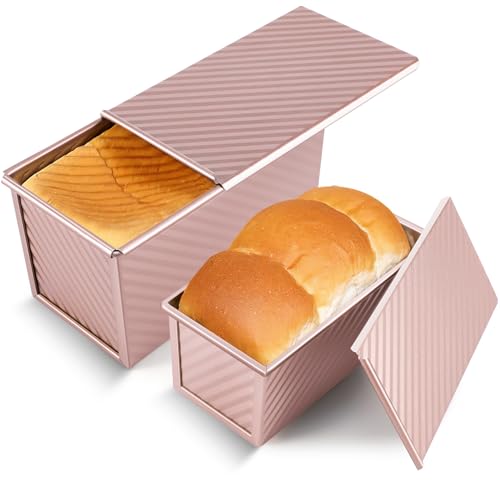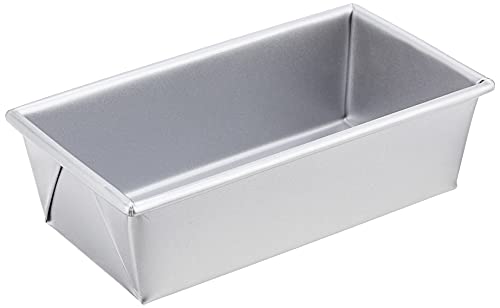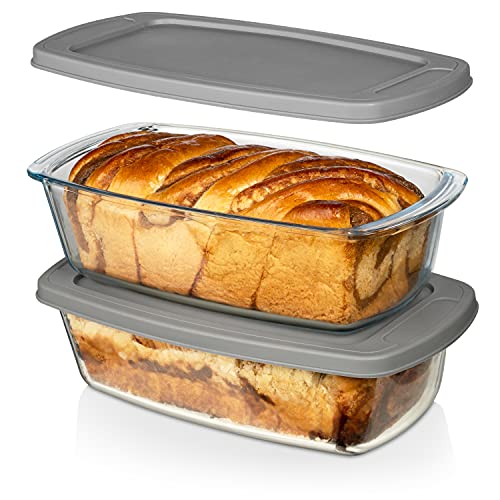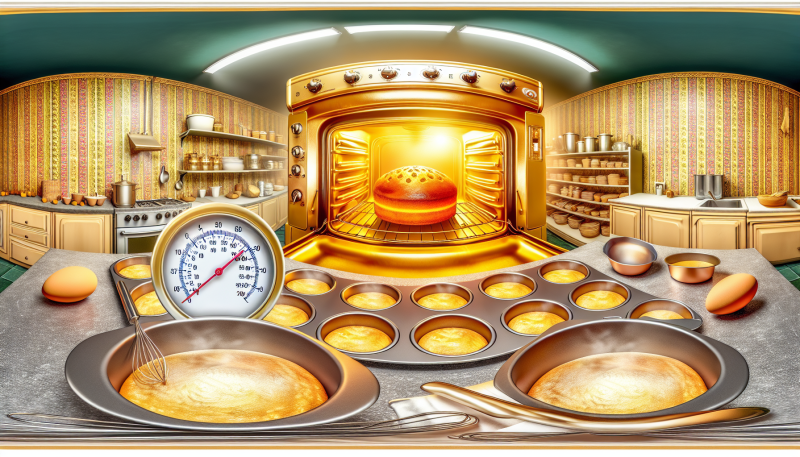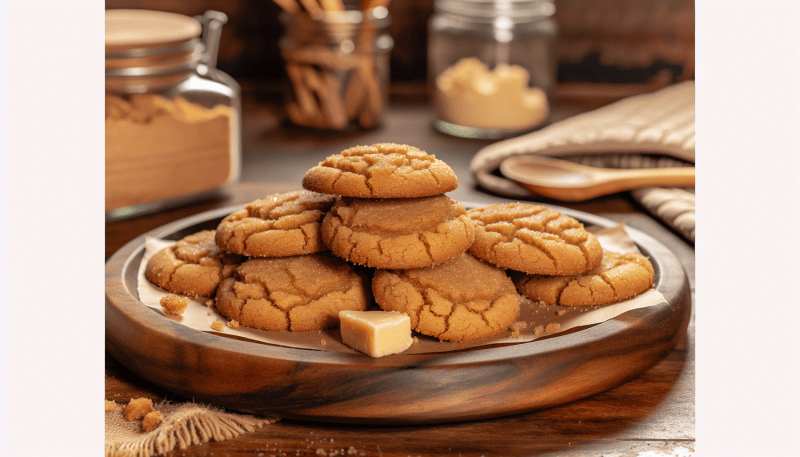Quick breads are a versatile and delicious addition to any baker's repertoire. Whether you're a beginner or an experienced baker, mastering the Essential of Quick Bread Making can open up a world of baking possibilities. One of the key components of making quick breads is having the right ingredients on hand.
Flour is the base of most quick bread recipes, providing structure and volume to the finished product. All-purpose flour is a popular choice, but you can also experiment with whole wheat, almond, or other alternative flours for added flavor and nutrition. Baking powder and/or baking soda are essential leavening agents that help quick breads rise and become light and airy. Make sure your leavening agents are fresh and active to ensure a successful bake.
Sweeteners like sugar, honey, or maple syrup add sweetness and moisture to quick breads. They also help to promote browning and caramelization during baking. Eggs are another key ingredient that provide structure, moisture, and richness to quick breads. They also act as a binding agent, helping to hold the other ingredients together. Finally, fats like butter, oil, or yogurt add richness and flavor to quick breads, as well as keeping them tender and moist. Be sure to choose high-quality fats for the best results in your baking adventures.
Quick Bread Baking Tips
When it comes to mastering the Essential of Quick Bread Making, there are a few key tips to keep in mind. First and foremost, always make sure to properly preheat your oven before baking your quick bread. This will ensure that your bread bakes evenly and rises properly.
Another important tip is to avoid overmixing your batter. Unlike yeast bread, quick bread does not require kneading or extensive mixing. Overmixing can result in a tough and dense loaf, so be sure to mix just until all ingredients are incorporated.
Additionally, be mindful of your baking time. Quick breads often have a shorter baking time compared to traditional yeast breads. It's crucial to follow the recipe instructions and keep a close eye on your bread as it bakes to avoid overbaking.
Lastly, don't forget to let your quick bread cool completely before slicing. Allowing the bread to cool off properly will help it retain its moisture and prevent it from crumbling. With these simple tips, you'll be well on your way to mastering the Essential of Quick Bread Making.
Essential Mixing Techniques
To master the art of quick bread making, it is essential to understand the basic mixing techniques that will help you achieve the perfect bread every time. One of the most important techniques is known as the "creaming" method. This involves beating together sugar and fat, such as butter, until the mixture becomes light and fluffy. This process helps incorporate air into the batter, resulting in a soft and tender quick bread.
Another essential mixing technique for quick bread making is the "folding" method. This technique is used when combining dry ingredients, such as flour and leavening agents, with wet ingredients, such as eggs and milk. To fold ingredients together, use a gentle, sweeping motion to ensure that the batter is mixed thoroughly without overworking it. This method is crucial for creating a well-blended batter that will bake up light and airy.
In addition to the creaming and folding methods, the "rubbing in" technique is also essential for quick bread making. This technique involves rubbing cold fat, such as butter, into the dry ingredients until the mixture resembles coarse crumbs. This method is commonly used for making biscuits and scones, resulting in a flaky and tender texture. By mastering these essential mixing techniques, you will be well on your way to perfecting the art of quick bread making.
Quick Bread Storage and Serving Suggestions
Once you've mastered the Essential of Quick Bread Making, it's important to know how to properly store and serve your delicious creations. Quick breads like banana bread, zucchini bread, and pumpkin bread can be stored at room temperature in an airtight container for up to three days. To keep your quick bread fresh for longer, store it in the refrigerator for up to one week. Be sure to let it come to room temperature before serving for the best flavor and texture.
When serving your quick bread, consider slicing it into individual portions for easy sharing. A serrated knife works best for cutting through the soft, tender crumb without crushing it. For a special touch, you can toast slices of quick bread and serve them warm with a pat of butter or a drizzle of honey. Quick breads also pair well with a cup of coffee or tea, making them a perfect treat for breakfast or an afternoon snack.
If you have leftover quick bread that you won't be able to finish in time, don't worry! Quick breads freeze well and can be stored in the freezer for up to three months. Wrap individual slices or the whole loaf tightly in plastic wrap and aluminum foil before freezing. When you're ready to enjoy your frozen quick bread, simply thaw it in the refrigerator overnight or reheat it gently in the oven for a fresh-baked taste.
